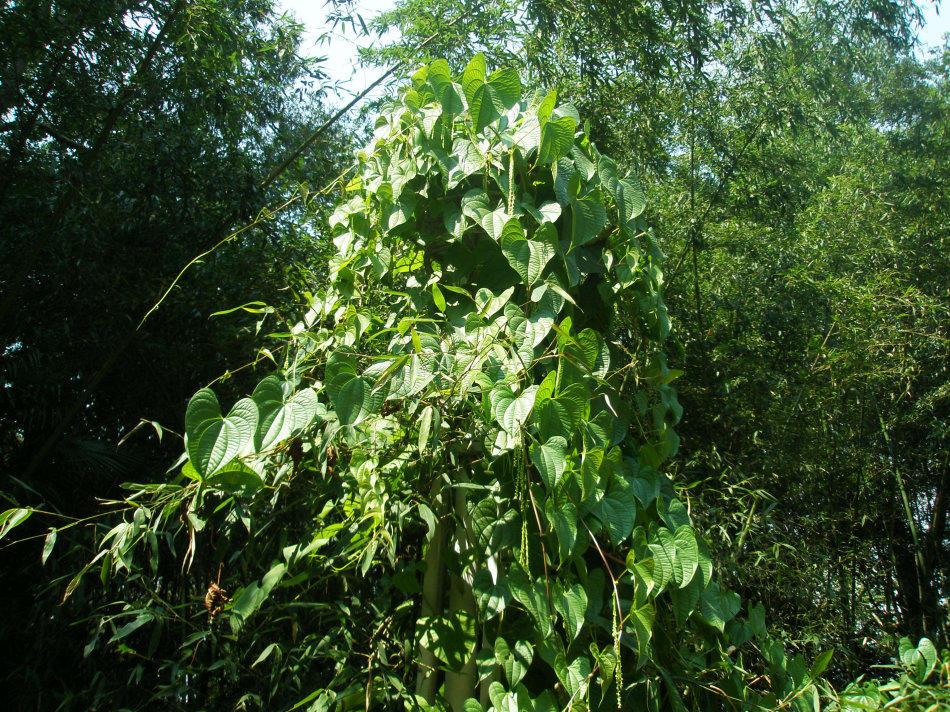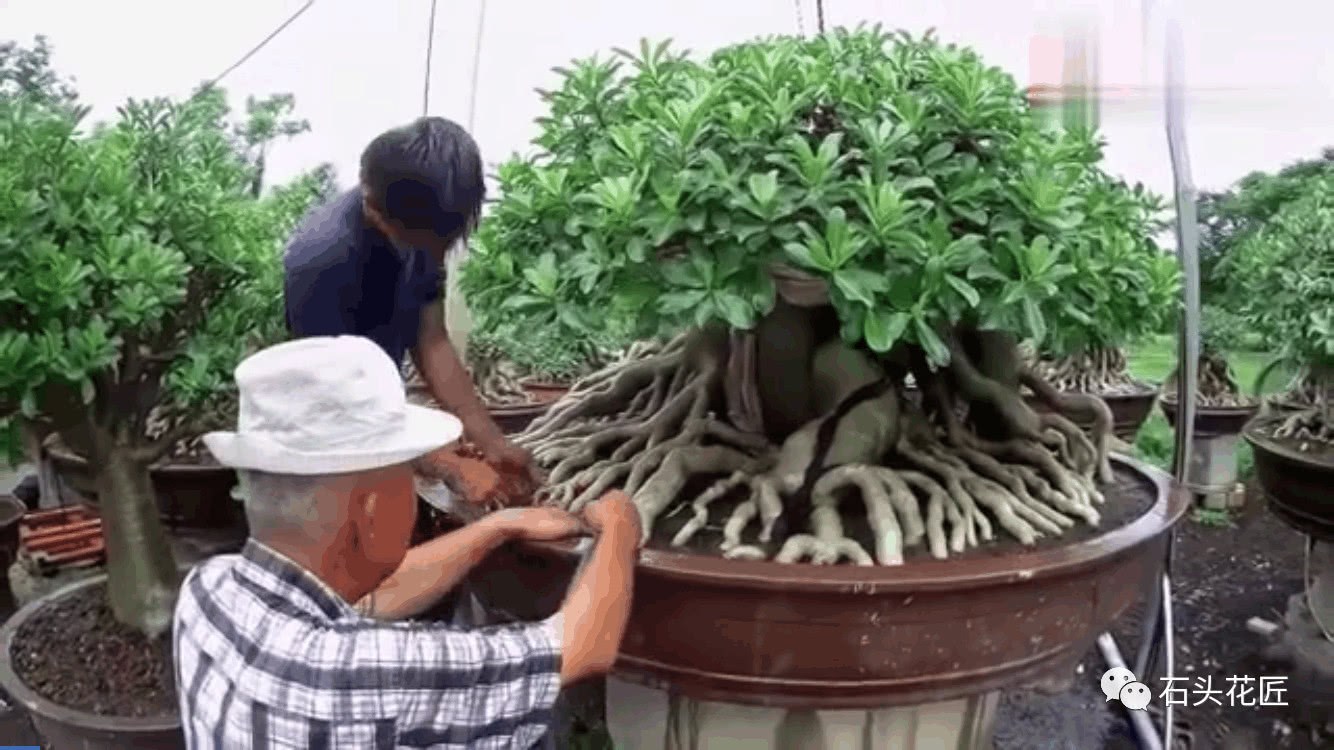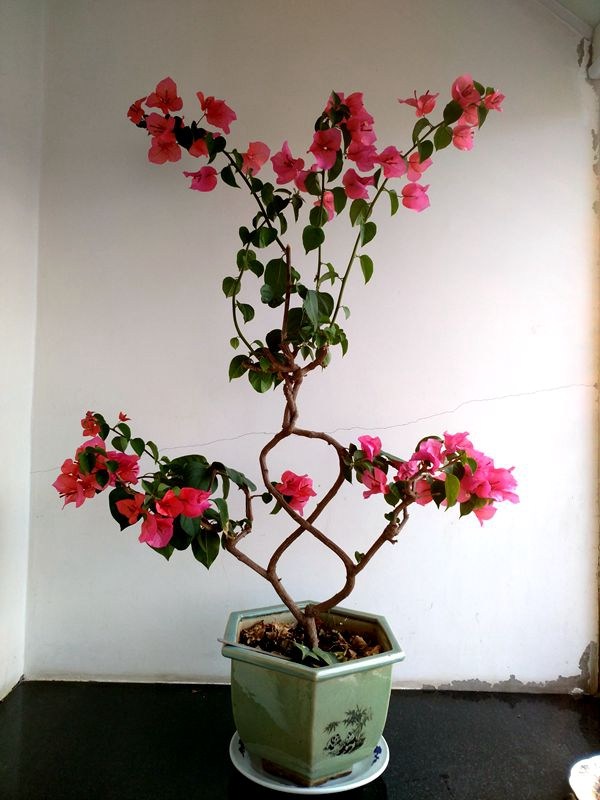It's often mistaken for a creeper, and farmers chop it when they see it, but they don't know it's a rare xanthate.

Everything in the world, whether it is every object or life, is a completely unique individual, and even the products produced by the assembly line in the factory, it is impossible to guarantee that everything is indistinguishable, and there is always proof that they are different in nuances.
This truth can be applied everywhere, including our common animals and plants, especially some Chinese herbal medicines. Most people's understanding of Chinese herbal medicines is limited to some valuable medicinal materials, such as ginseng, Ganoderma lucidum and so on. Among Chinese herbal medicines, many of them are similar, but their properties are quite different.
In some rural areas, we can often see some similar plants. The roots of this plant seem to be no different from those of Polygonum multiflorum, but they are actually two kinds of medicinal materials, and this often misleading medicine is Huangdu.
It is precisely because of the high value of Polygonum multiflorum, and Huang du's resemblance to Polygonum multiflorum, some unscrupulous traders often use Huang du to pretend to be wild Polygonum multiflorum to deceive consumers, so as to achieve the goal of "true and false Monkey King". Therefore, people often use it to pretend to be Polygonum multiflorum, but they do not realize that it is also a good medicine.
Because Huang du's growth conditions are relatively simple, coupled with his strong adaptability, Huang du can be seen all over the country, no matter which province he is. Huang du is like a "creeper". He looks very similar. He not only grows fast, but also can thrive under any environment.
Therefore, many farmers regard it as an annoying creeper, but do not realize that its root is blindly rare medicine, called "xanthate", also known as Huangdu.
It is precisely because Huangdu grows in a wide range of areas that people who do not know it often mistake it for Polygonum multiflorum, thinking it is a valuable Chinese medicine and take it home to use it, and there are often unscrupulous traders who use Huangdu to impersonate wild Polygonum multiflorum for high prices.
Although Huangdu is similar to Polygonum multiflorum in appearance, Huangdu and Polygonum multiflorum are two different medicinal materials and their usage is also different. Huangdu itself contains toxic ingredients, if taken too much in the case of unreasonable use, it will produce a lot of bad phenomena, causing great harm to the body and even causing human life. Therefore, if you see this kind of traditional Chinese medicine that looks like Polygonum multiflorum, you must be more careful and treat it seriously.
Although Huangdu contains toxic ingredients, it does not mean that it is a completely harmful poison. Huangdu, like Polygonum multiflorum, is also a kind of traditional Chinese medicine, and has a certain medicinal value. Under reasonable use, it can also play a therapeutic effect. No matter what kind of medicine it is, it must be taken reasonably under the care of a doctor. after all, as the saying goes, "it is one-third of the poison."
Dear friends, have you ever met Huang du? Welcome to leave a message and exchange!
- Prev

Grandpa raised tree spirit to change the basin and needs to wash the roots and hang them up like octopus.
Grandpa likes growing flowers very much. since he retired, he has grown flowers in his family's yard, raising all kinds of flowers, orchids, orchids, Yushu and other flowers, and later fell in love with desert roses.
- Next

Are you still worried about the flowering of triangular plum? Learn to spend a lot of money to surprise you
Are you still worried about how little bougainvillea blooms? Learn a move, spend a lot of money to surprise you! Flower cultivation is a very simple and interesting thing. Flower cultivation can decorate the home, make the environment more beautiful, and also make it pleasant and nourishing...
Related
- Wuhan Hospital Iron Tree Blooming Result Was Instantly Frightened by the Gardener Master
- Which variety of camellia is the most fragrant and best? Which one do you like best?
- What is the small blue coat, the breeding methods and matters needing attention of the succulent plant
- Dormancy time and maintenance management of succulent plants during dormancy
- Minas succulent how to raise, Minas succulent plant pictures
- What are the varieties of winter succulent plants
- How to raise succulent plants in twelve rolls? let's take a look at some experience of breeding twelve rolls.
- Attention should be paid to water control for succulent plants during dormant period (winter and summer)
- Watering experience of twelve rolls of succulent plants
- Techniques for fertilizing succulent plants. An article will let you know how to fertilize succulent plants.

